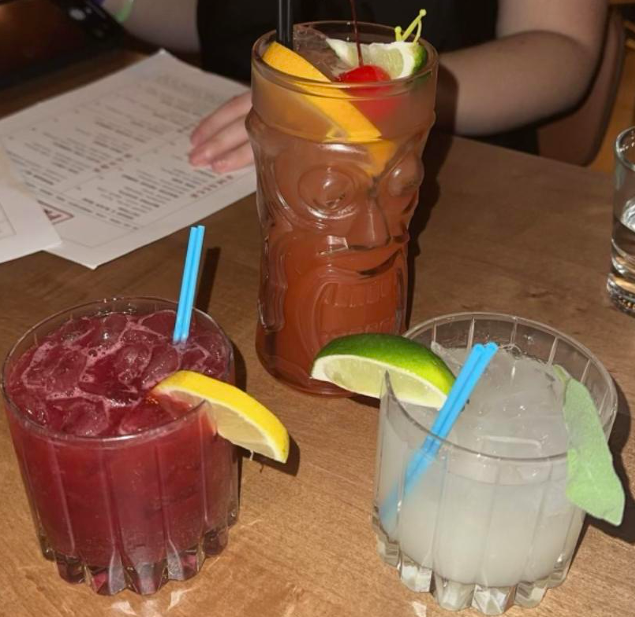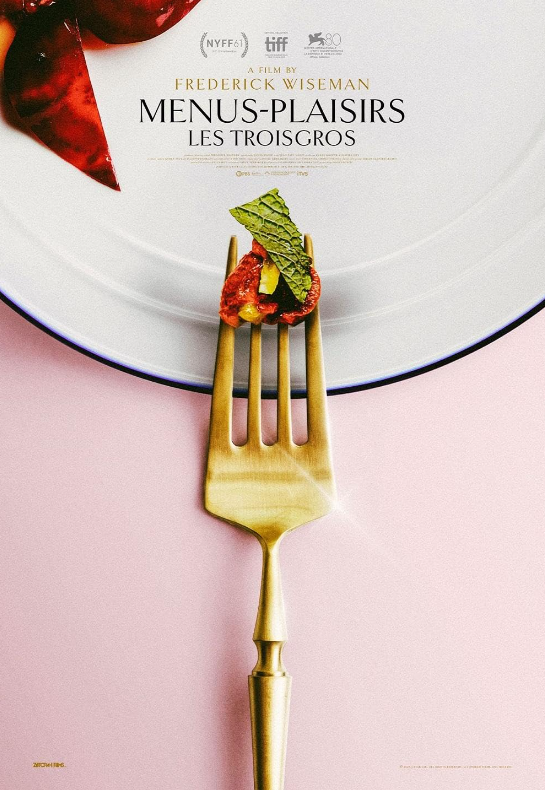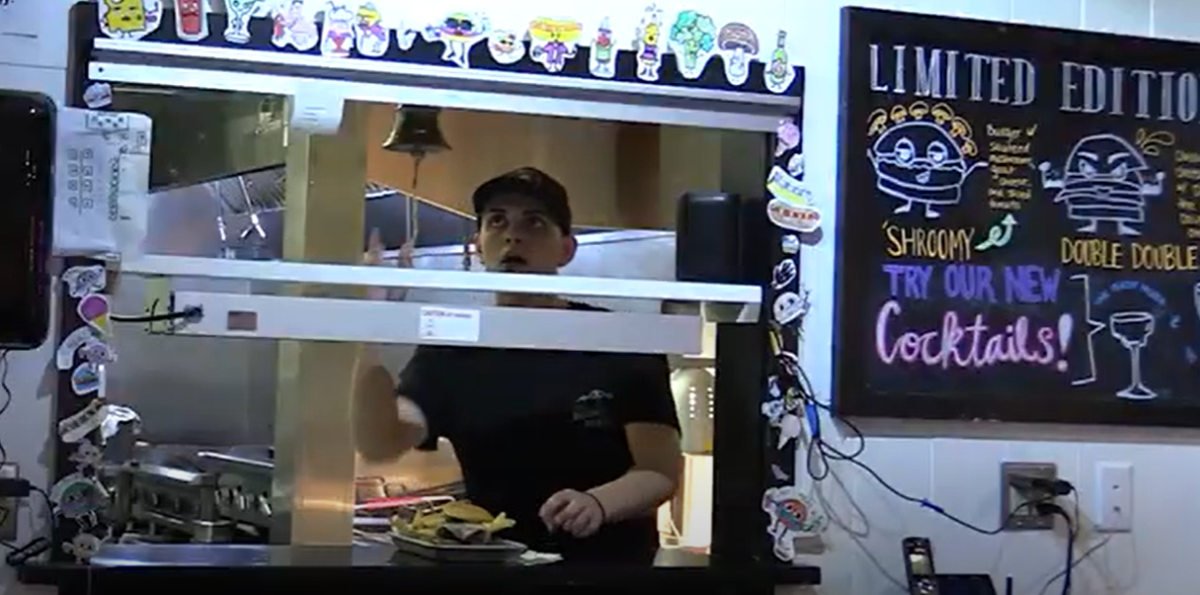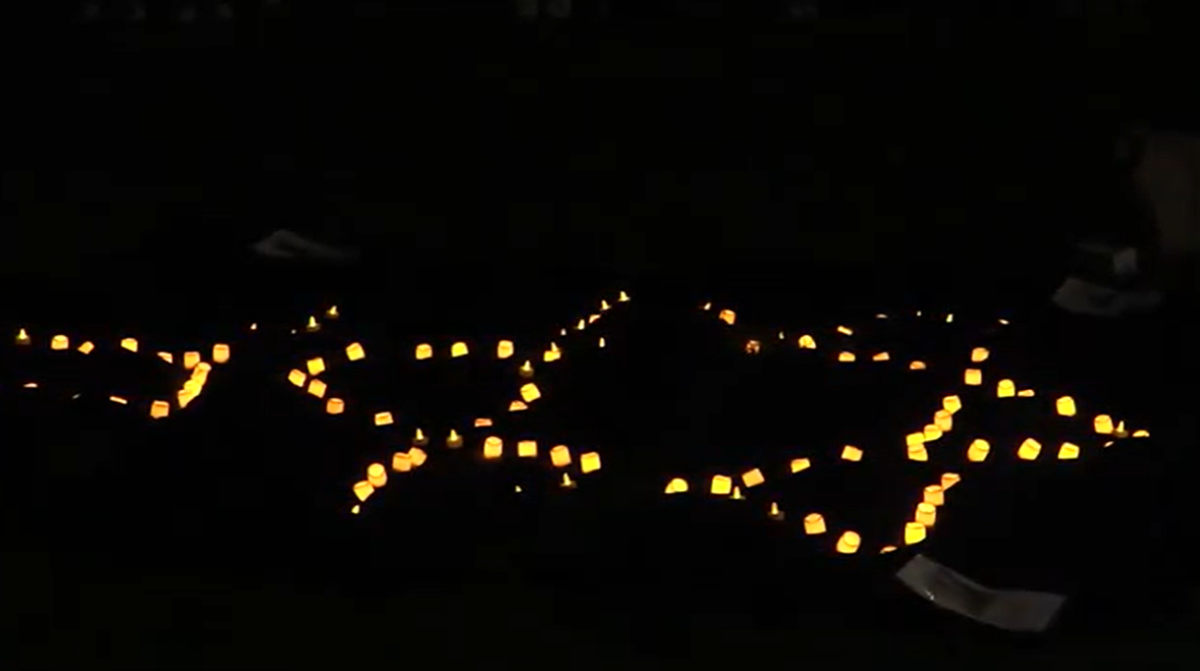Scotch is defined as any whisky made in Scotland. By law, it must be made from barley, distilled in Scotland, contain less than 94.8 percent alcohol, aged in oak barrels in Scotland for a minimum of three years and bottled at no less than 40 percent alcohol by volume.
It should be noted that Scotch is spelled “whisky” and not “whiskey.” The “e” was added in the 1800s when American distillers felt that their whiskey was superior to all of the Scotch whiskies flooding the market, so they wanted a way to differentiate their product from the rest.
Scotch comes in a variety of styles: Single malt, which is made from a single distillery; single grain, which is made from grain other than barley at a single distillery; blended or vatted malt, which is a blend of single malts from multiple distilleries, blended together to create a uniform taste that doesn’t change from bottle to bottle; and blended Scotch, which contains a mix of single malts and single grain whiskies. Scotch is also often “peated,” which results in a smoky taste since the barley is tried over fires containing peat. This is different than American whiskey, which gets its smoky taste from the charred oak barrels used in aging.
There are several Scotch-producing regions of Scotland, and each area manufactures a very different style of whisky: The Lowlands, which only has three distilleries in operation; the Speyside, which is Scotland’s largest whisky-producing region and is famous for such big names as Glenfiddich and Glenlivet; the Highlands, which includes the subregion of the Islands; and Islay, which is an island region known for producing peaty, salty Scotches.
While most people are introduced to whisky (or whiskey) through blends (think Jack Daniels or Johnnie Walker), I’m primarily interested in single-malt whiskies since they share a lot of similarities to wine: Each bottle can have a very different taste, and bottles made at the same distillery but in different years can be completely different from one another. Be warned, however, since the taste of single malt can be much more intense than a blend.
In today’s review, I’ll be tasting the Balvenie DoubleWood single malt from the Speyside region of Scotland. The DoubleWood is unique because it is aged in two stages, and in two different casks. It is first aged in American oak bourbon barrels (barrels previously containing bourbon or other whiskey from the United States) for 11 years, which gives the whisky a very vanilla-like flavor, and then in Sherry barrels (casks previously containing Sherry) for just a few months, giving the whisky a very sweet, fruity characteristic.
I love the bottle and package design of this Scotch. It looks like something that could be found in a gin joint in the Old West. The whisky is a gorgeous honey color, and it looks to be medium-bodied. The nose of the whisky is ripe with vanilla, which comes from the American bourbon barrels. I also detect sweet honey or molasses, and some raisins spiced with cinnamon and allspice. This is not a peated Scotch, so there’s no smokiness to it, and the alcohol isn’t harsh whatsoever. Vanilla is the dominating flavor, and it’s followed by beautifully sweet honey. The spiced raisins really come through in the taste, and the finish lasts a long time.
The DoubleWood is by far the smoothest and sweetest Scotch I’ve ever tasted; I give it a letter rating of A+ easily. At $45 a bottle, it’s not something a college student like myself can afford often, but liquor stores often sell half bottles of Scotch at half the price of a full bottle. I encourage everyone to get out there and explore the flavorful world of whiskies whenever they can. Good whisky should not be mixed with soda or even ice, although certain Scotches benefit from a little bit of filtered water to bring out the flavor.
When you’re finished tasting your whisky, always put it back in the box or cardboard tube it came in to protect it against light. Also, at 40 percent or more alcohol, always drink Scotch responsibly, and never drink and drive.
Until next time, cheers!
Matthew Harrison can be reached at [email protected].


















scotch calories • Mar 6, 2012 at 12:19 pm
Very clever post on whisky. How many calories are there in whisky?
Jason Debly • Apr 7, 2010 at 7:38 am
Great article! Keep writing and tasting!
Daniel • Apr 5, 2010 at 9:56 pm
My sister went to England and brought some of this back for me and my brothers. We still have yet to open them, but I now I think I’ll take my bottle next time I’m home.